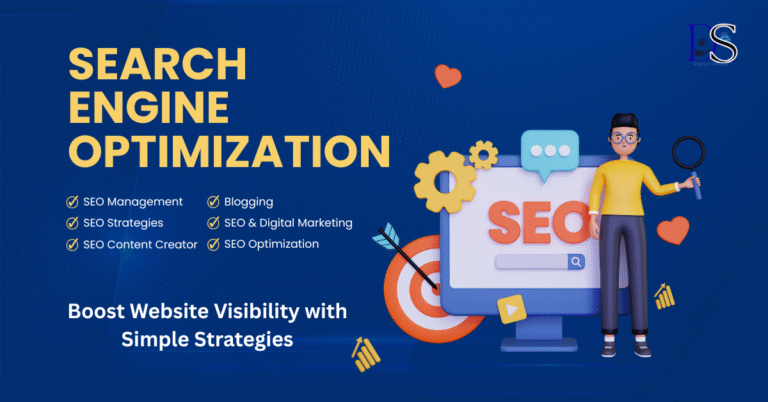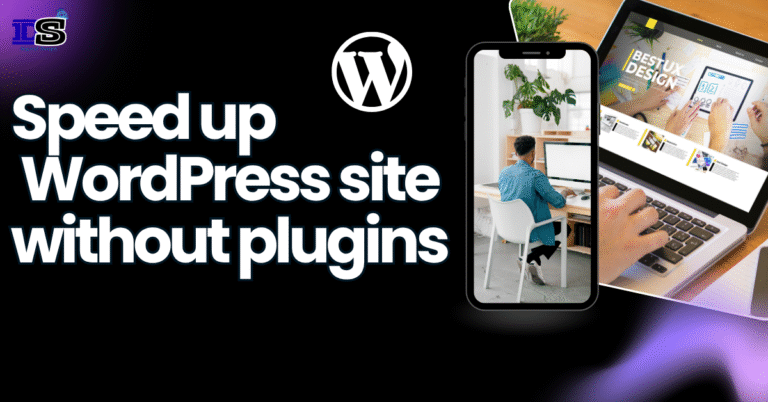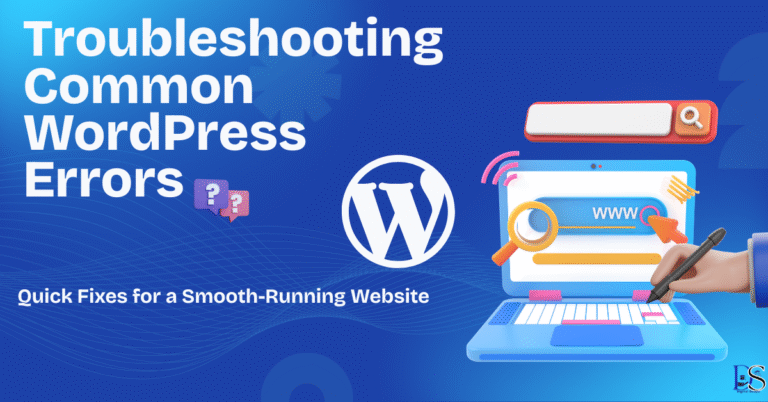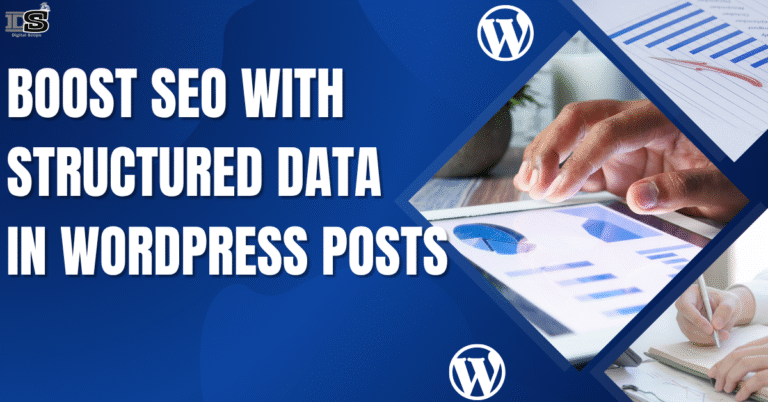Best SEO Settings for WordPress in 2025
If your website runs on WordPress, then setting up the best SEO settings for WordPress in 2025 isn’t just important—it’s absolutely essential. With search engines becoming smarter and users more selective, WordPress site owners must step up their SEO game to stay competitive. Whether you’re running a blog, a business site, or an online store, this guide will help you optimize your settings for traffic, visibility, and growth.
Let’s walk through the exact steps you need—using real-world tips, best plugins, and a few personal stories that highlight just how powerful the right SEO settings can be.
SEO Plugin for WordPress: Choose the Right Tool for 2025
Let me tell you a quick story. My friend Zara started a food blog early last year. She published great content but never ranked on Google. Her biggest mistake? She didn’t use an SEO plugin. The moment she installed one and configured the right settings, her traffic began to grow exponentially.
To avoid that mistake, here are the best SEO plugins in 2025:
Rank Math – Feature-rich, beginner-friendly, and integrates seamlessly with Google Search Console.
Yoast SEO – Offers real-time content analysis and readability scores.
All in One SEO (AIOSEO) – Excellent for WooCommerce stores and local SEO.
These plugins automate critical tasks like meta tag generation, schema markup, and XML sitemap creation—making your SEO job much easier.
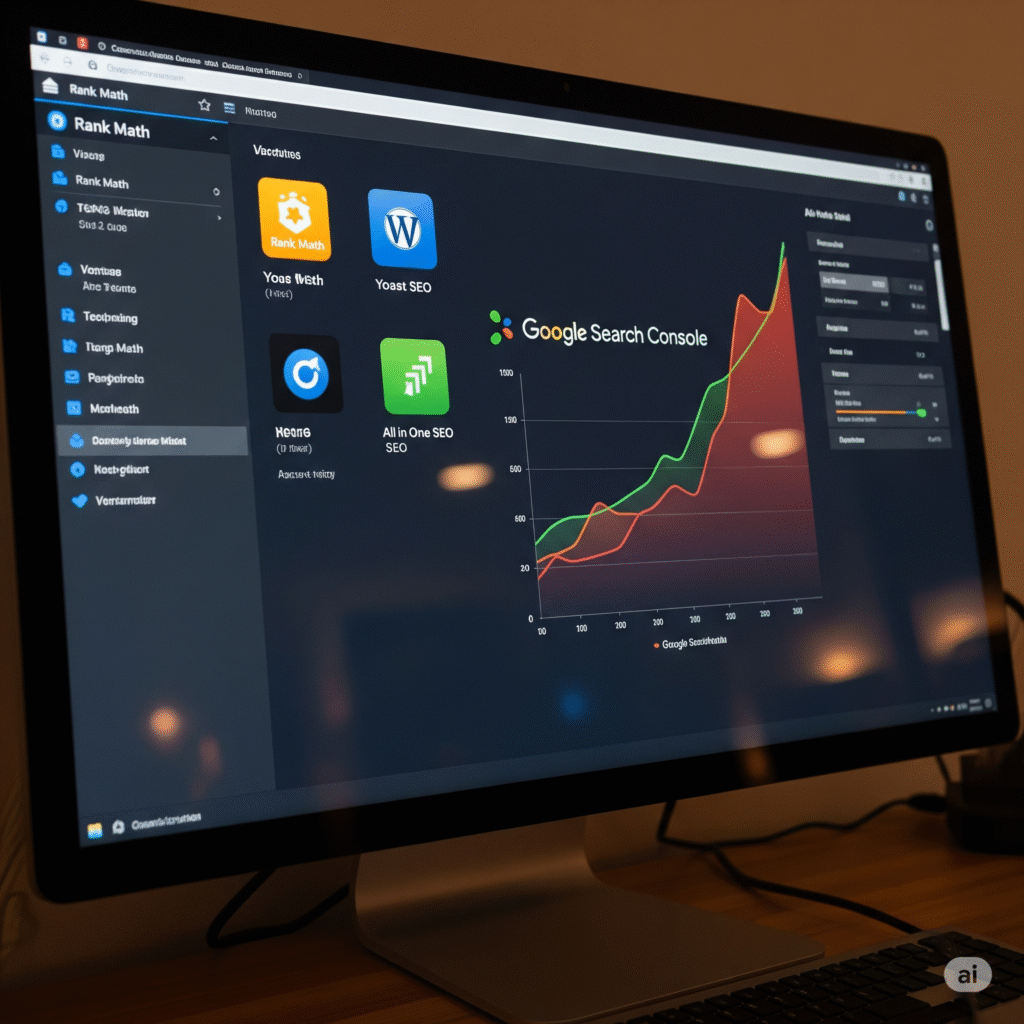
On-Page SEO Settings: Titles, Meta Tags, and Descriptions
The first step inside your SEO plugin should be configuring on-page SEO settings.
- Set a custom title structure: For example, “%post_title% | %site_name%”.
- Write compelling meta descriptions (under 160 characters) that include your target keyword.
- Add focus keywords to each post and page.
For example, if your blog post is about “best SEO plugins,” make sure that exact phrase appears in the title, meta description, and first paragraph.
WordPress Permalink Structure: The Best Setup for SEO
Clean URLs matter to both users and search engines. Go to:
Settings > Permalinks > Post name
This changes URLs from:
https://yoursite.com/?p=123
tohttps://yoursite.com/best-seo-settings-wordpress/
Avoid using date-based or numeric structures unless necessary. Stick to a short, keyword-rich URL for each post.
Image SEO Optimization: Speed Up and Rank Your Media
Images bring your content to life, but they also affect site speed and rankings.
To optimize:
- Rename files descriptively:
wordpress-seo-guide.jpgnotIMG123.jpg. - Add alt text with relevant keywords.
- Compress images using tools like JPG to PNG Instantly or ShortPixel.
- Use plugins like Smush for automatic optimization.
By doing this, you increase your chances of showing up in Google Images while also improving page speed.
XML Sitemap and Robots.txt: Index Your WordPress Site Properly
A well-configured XML sitemap and robots.txt file ensures your content gets crawled and indexed properly.
Sitemap
- Most SEO plugins generate it automatically.
- Submit it to Google Search Console.
Robots.txt
This file tells search engines what to crawl.
Example:
pgsqlCopyEditUser-agent: *
Disallow: /wp-admin/
Allow: /wp-admin/admin-ajax.php
Schema Markup for WordPress: Get Rich Results in Google
Want stars, ratings, and FAQs to show in your search results? You’ll need schema markup.
Most SEO plugins support schema. You can:
- Automatically apply Article, Product, or Review schema.
- Add FAQ schema for FAQs in blog posts.
- Use Schema.org for reference.
Why it matters: Rich results get higher click-through rates and stand out more in SERPs.
Mobile SEO Optimization: Prepare for Mobile-First Indexing
Over 60% of users access sites on mobile. That’s why Google now uses mobile-first indexing.
How to optimize:
- Use a responsive WordPress theme (like Astra or Divi).
- Avoid intrusive popups.
- Check mobile usability in Google Search Console.
- Audit Core Web Vitals with PageSpeed Insights.
Make sure all content is equally accessible and readable on smaller screens.
WordPress Internal Linking Strategy: Boost Engagement & Rankings
Internal linking is the secret sauce of SEO. It helps:
Spread link authority across your site.
Keep users engaged longer.
Guide search engines through your site’s structure.
A rule of thumb: Every post should link to at least 2–4 related articles.
Use tools like Link Whisper to automate suggestions.
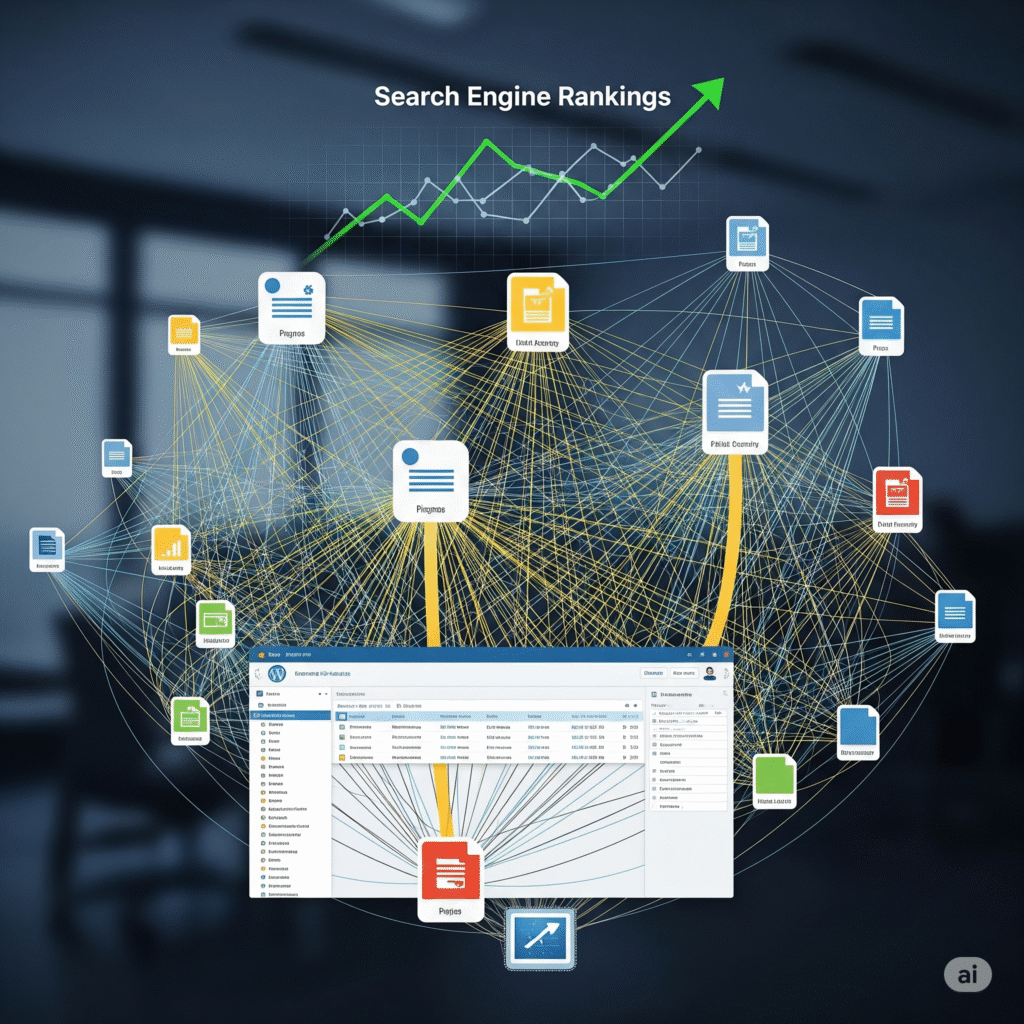
WordPress Hosting and Speed Optimization for SEO Performance
A slow site kills your SEO. Google uses page speed as a ranking factor.
Tips to optimize:
- Choose fast hosts like SiteGround, Cloudways, or Kinsta.
- Install a caching plugin like WP Rocket or W3 Total Cache.
- Use a CDN like Cloudflare.
- Minify CSS, JS, and HTML files.
Core Web Vitals for WordPress: Improve UX and Rankings
Google evaluates your site using Core Web Vitals:
- LCP (Largest Contentful Paint): Measures loading speed.
- FID (First Input Delay): Measures interactivity.
- CLS (Cumulative Layout Shift): Measures visual stability.
Fix these using tools like:
- Google Lighthouse
- PageSpeed Insights
- NitroPack or WP Rocket
Content SEO in WordPress: Writing for Users and Google
Search engines love well-structured content. Here’s how to write it:
- Use H1, H2, H3 headings to break up sections.
- Include semantic keywords like “WordPress SEO plugins,” “SEO tools for bloggers,” etc.
- Naturally include your target keyword within the first 100 words.
- Add images, bullet points, and short paragraphs for readability.
Google Search Console Setup: Monitor and Improve SEO
No SEO strategy is complete without Google Search Console.
Steps to connect:
Go to Search Console.
Add your domain.
Verify it via DNS or HTML tag.
Submit your sitemap.
Monitor impressions, clicks, and index status.
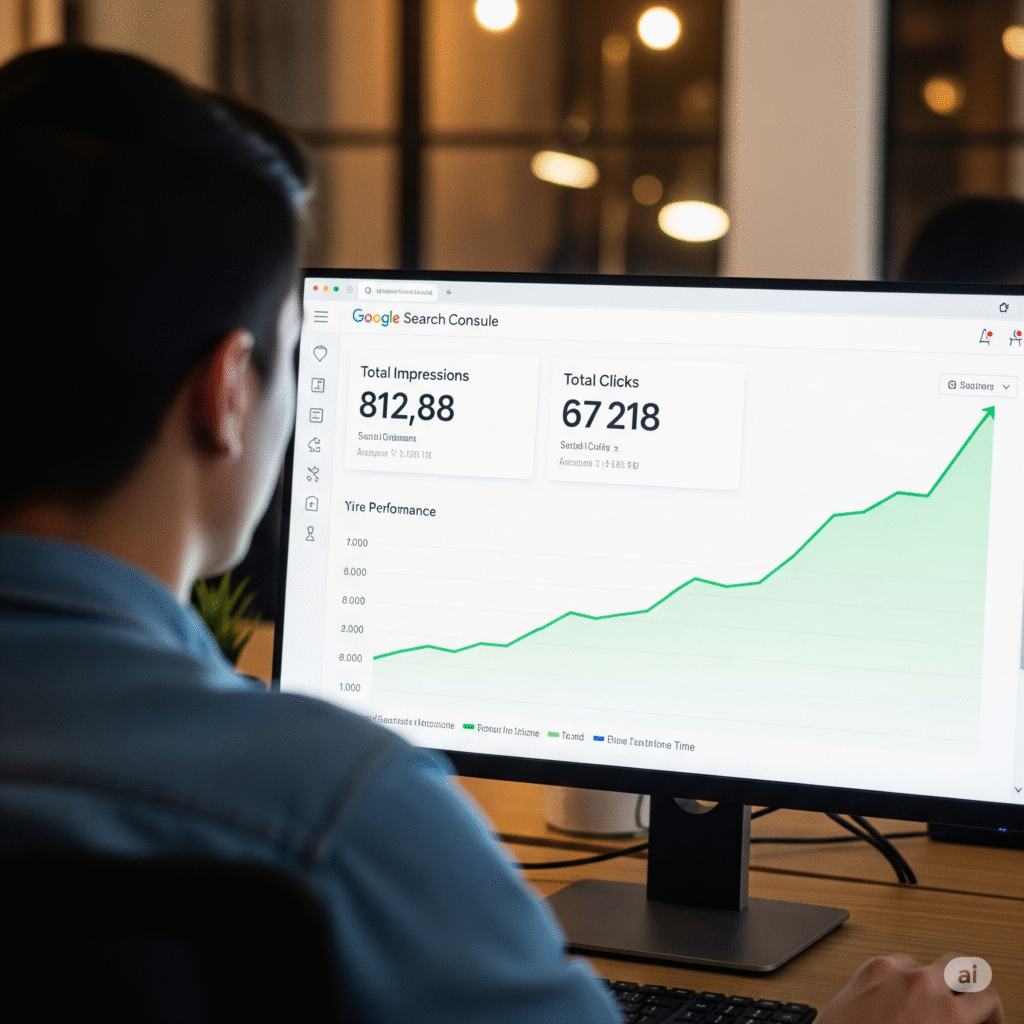
This tool helps you identify and fix issues before they affect rankings.
Final Thoughts: Why SEO Settings Matter in 2025
In today’s crowded digital landscape, getting your best SEO settings for WordPress in 2025 dialed in is more than just an optimization tactic—it’s a growth strategy. From using the right SEO plugins, to setting up your permalinks, optimizing site speed, and writing high-quality content—each step plays a role in how your audience finds and engages with your site.
The time you invest in SEO tools today will multiply your traffic, build authority, and give you long-term, passive results.



